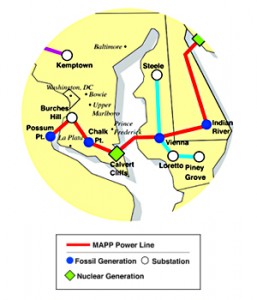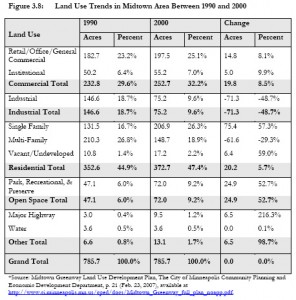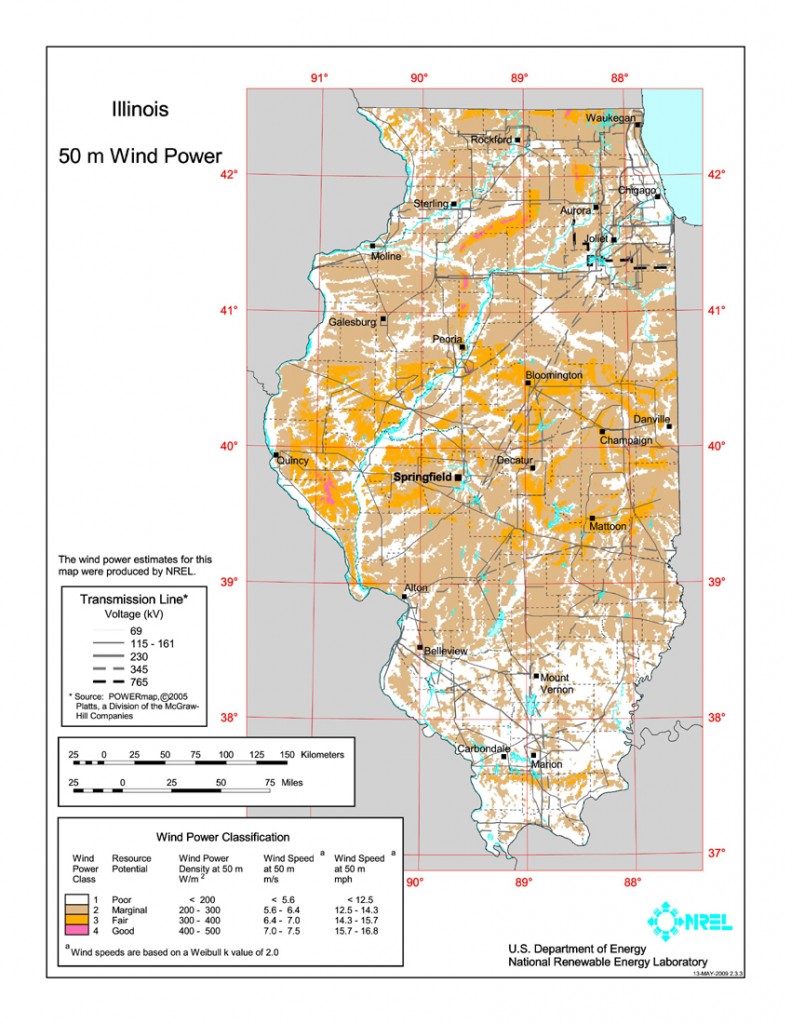PSEG withdraws part of application!
May 23rd, 2010
It was one of those weeks. First CapX 2020 provides official notice that the Brookings-Hampton transmission line is delayed. [Motion to Suspend Proceedings!]
Hot in the heels of CapX 2020’s notice of “delay” of the Brookings-Hampton transmission line, PSEG provides official notice that it is withdrawing their NJ DEP permit for the Susquehanna-Roseland transmission line:
Please take notice in accordance with N.J.A.C. 7:A12.6(f). Public Service Electric and Gas Company (PSE&G) is hereby amending the above-referenced permit applications submitted to the New Jersey Department of Environmental Protection (NJDEP). PSE&G is withdrawing the applications for the section of the Project located to the west of the proposed Hopatcong Switching Station. The municipalities west of the Hopatcong Switching Station include Sparta Township, Byram Township, Andover Township, the Town of Newton, Fredon Township, Stillwater Township and Hardwick Township The company may resubmit a new application or applications to NJDEP for the western section of the Project at a later date.
It’s all here in their Notice to affected towns:
And here’s the real deal:
The funniest part is this — AS IF!!!
We know that they’ve got a problem at the Delaware Water Gap… we know they’ve got a problem at the NJ DEP… Now I wonder… how much of the Pennsylvania part is withdrawn???
Just like the CapX 2020 transmission project, the Susquehanna-Roseland transmission project was approved as a whole, the studies used to justify it were on the project as a whole, the BPU decision approving the project was on the project as a whole… so what, now they can say they just don’t need that part??? I don’t think so…
PJM & PEPCO’s MAPP line trying to appease
May 9th, 2010
The MAPP line, PEPCO’s Mid-Atlantic Power Pathway transmission line project through Maryland and Delaware, is in the news again. But why??? Where the line is not needed, and it’s withdrawn by PJM and PEPCO, why is this being accepted? Why is this regarded as a “win?”
Remember that they pulled the project?
PEPCO letter 1.8.09 to suspend MAPP, includes 1.8.09 letter from PJM’s Herling
And before that, the part from Indian River to Salem was eliminated?
The May, 2009, Press Release says:
According to Gausman, PJM has also reviewed the need for the section of the line that would run from Delmarva Power’s Indian River substation near Millsboro, Del., to Salem, N.J., and has decided to move this portion of the line into its “continuing study” category. This means that the reconfigured MAPP line will now extend approximately 150 miles from northern Virginia, across southern Maryland and the Chesapeake Bay, and terminate at Indian River. The change would likely reduce the total project cost from $1.4 billion to $1.2 billion.
And then there’s the report that shows there’s no need, that demand is downdowndown, that “congestion” is downdowndown, that price of electricity is downdowndown, that demonstrates that the market concept that they’re all drooling over will have them aspirating their aspirations:
So then why did they send out a press release last week:
…which every Peninsula news outlet gave pretty much verbatim coverage?
And then there’s the PJM RTEP 2009, released February 26, 2010.
So here’s how their press release looks after the papers get it:
Delaware utilities: Plan takes power line under Choptank
It is being planned by Pepco Holdings Inc., parent company of Delmarva.
Now read the other “articles” and tell me if there’s an echo in the room:
Underwater power line route suggested
Proposal under Chesapeake avoids refuge
By Calum McKinney • Staff Writer • May 6, 2010
But the day before it was better, with some original quotes:
BPU issues Susquehanna-Roseland Order
April 21st, 2010
It’s out, hot off the press:
I feel a Motion for Reconsideration coming on…
Hiawatha Transmission Project public hearings
April 6th, 2010
What’s most disturbing about this project is that it’s just a small part of something much bigger that is laid out in the 2007 Biennial Transmission Plan, in their studies, stretching from a new “Cleveland” 345kV substation and line to the new “Hiawatha” substation, and from there, a 115kV line to the “new” Oakland/Midtown substation and down to a new “Penn Lake” substation (I remember one on Penn and 62 decades ago) and then to Wilson, which they admit had been recently upgraded and there’s room for expansion.
Here’s two pages of Chapter 7 of the 2007 Biennial Transmission Plan regarding this part of the world:
Plus they admit that the Hiawatha substation is planned with 50MVA transformers and room/plans for two more! Tripling capacity, at Hiawatha, to 150MVA. At Oakland, there’s “only” room for one more, the first is 70MVA and the expansion room/plan is for one more 70MVA, totaling 140 MVA.
From the Xcel Application, a chart regarding Land Use Trends:
Let’s see… what uses more electricity, Industrial (anyone remember Minneapolis Moline?) or Residential? Honeywell or Wells Fargo Mortgage?
Look what they’re using as their basis:
July 2006??? This is from their Hiawatha Application, Appendix D3, the South Minneapolis Electric Distribution Delivery System Long Term Study:
(Can’t get it now — says file is damaged)
Having looked through their studies, I don’t see any reason to not upgrade the distribution system and see where that leaves us, given that we’re in this depression.
MISO queue for Illinois
March 28th, 2010
Here is information about what generation projects are in line waiting for interconnection, and keep in mind that this is the MISO queue, and part of Illinois, and a big part of the load, is in PJM.
Here’s where you get the queue, and download to Excel and it’s sortable by state, by fuel
CLICK HERE FOR MISO QUEUE LINK — it’s updated regularly
Here are a couple of spreadsheets, the MISO queue downloaded in Excel as of March 25, 2010:
Just for yucks, look at the Illinois Queue – as of 3-25
Sheet 1 is everything listed for Illinois (they list by state, column H)
Sheet 2 is for generation interconnection of projects where fuel is identified as “wind”
THERE IS 9,853.3MW OF WIND IN QUEUE IN ILLINOIS.
The links in columns S, T & U are the transmission studies showing what can be connected, what the system can bear, and what improvements would need to be made. Check them out for some fun reading.
Now, all of you thinking about transmission, and the moronic ox of “transmission for wind,” think about this please — why would anyone near Illinois, and why would anyone way out east, want to pay for wind generation from the Dakotas via transmission? Buying the power generated in the Dakotas means that you’d have to pay for:
- Cost of Energy
- Capital cost of transmission
- Cost of transmission service
- Cost of line losses (energy lost in transit due to resistance — greater loss over greater distance)
- Cost of reactive power (transmission over long distances sucks reactive power out of the system and requires input for system stability)
As Minnesota Public Service Commissioner David Boyd noted when testifying before the Legislative Energy Commission last year (jointly with MOES and MISO!!!), he was talking about transmission, and he is Chair of Upper Midwest Transmission Development Initiative, a conflict if there ever were one. Anyway, he said, and it was in writing on the slide:
We need a business plan.
That’s encouraging, because he apparently realizes that the above equation does not make any business sense.
That is the most important part of this issue — and the pell-mell hell-bent push for transmission. WHY?
Why would anyone in Illinois want to pay when it’s right there in Illinois, and the offshore wind hasn’t even begun? NREL has targeted Illinois as a wind production state, and… well.. DUH, what’s Chicago’s nickname after all???
Why would anyone out east want to pay for transmission of wind, on land a 41% capacity factor at best, to have it shipped 2,000 miles and pay BILLIONS to build that transmission, pay cost of transmission service, and pay cost of line losses, and cost of reactive power?






